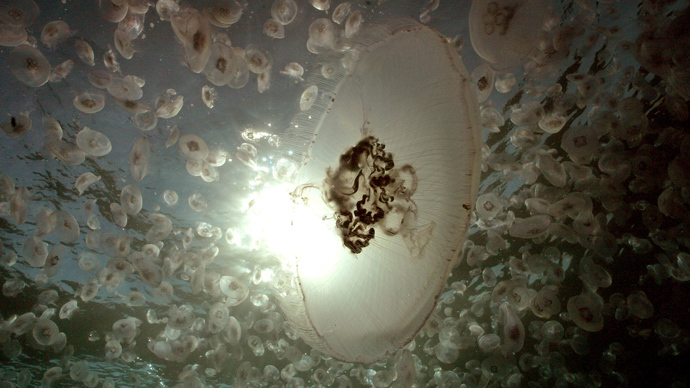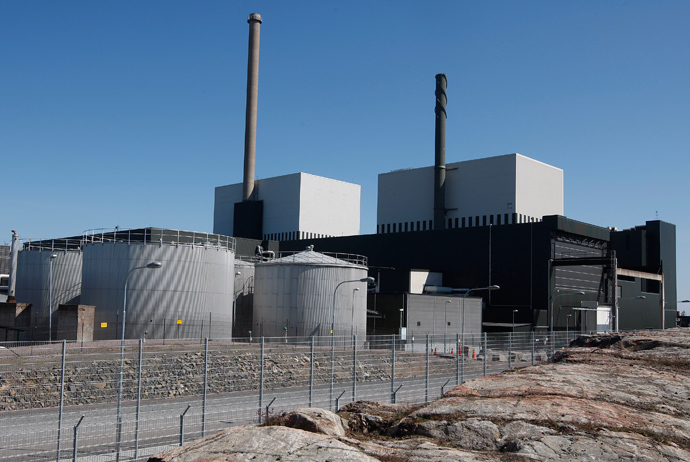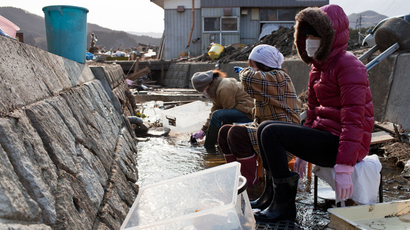Jelly fission? Jellyfish invasion leads to Swedish nuclear reactor shutdown

Sweden’s biggest nuclear reactor was forced to cease operations in a queer twist which had nothing to do with earthquakes or anti-nuclear protests. A giant swarm of jellyfish invaded the area, sneaking into pipes and causing a shutdown.
Over the weekend a large number of Aurelia aurita, or moon
jellyfish, plugged the cooling water intake pipes at the
Oskarshamn nuclear power plant on the Baltic Sea coast, leaving
the operator no choice but to disconnect the facility’s
1,400-megawatt Unit 3 from the grid.
The employees of the plant were battling the sea creatures till
Tuesday, when a spokesman for the operator announced that the
jellyfish had been removed and the reactor was being prepared for
restart.
“We hope we’ve solved the problem regarding the jellyfish, but we
aren’t sure because they can come back,” Anders Osterberg, a
spokesman for Oskarshamns Kraftgrupp AB, told the New York Times.
According to Osterberg, the jellyfish got into the pipes at about
18 meters below the sea surface, where the plant collects cold
water to cool its reactor and turbine systems.
There was no risk of a nuclear accident, he stressed, adding that
the invaders hadn’t made it past the filter or come anywhere near
the reactor.
It was the jellyfish which were at risk, as they could’ve been
killed by the pressure from the filtration system, but not from
contact with any boiling water.
“There will be no dinner of boiled jellyfish,” spokesman
said.
Osterberg recalled a similar incident in 2005 when the
Oskarshamn’s unit 1 was shut down.

Jellyfish clogs are recurring problem for nuclear power plants around the world, which are often placed next to large bodies of water.
In October 2008, the Diablo Canyon 2 reactor in California had to
be shut down after jellyfish bottled the circulating water
screens and caused a problem with water pressure, according to US
Nuclear Regulatory Commission data.
Another invasion by of Aurelia aurita into a cooling canal at the
St. Lucie Nuclear Plant in Florida caused a massive fish kill in
August 2011, clogging the intake pipes with five tons of dead
fish in the canal and triggering an unplanned shutdown.
Jellyfish shutdowns were also reported at nuclear facilities in
Scotland, Israel and Japan, the Power magazine notes.
According to National Geographic, the incidents may be one of the
consequences of what the marine scientists warn is an ominous
surge in the global jellyfish population.
The gelatinous creatures have fewer natural predators due to
overfishing, while, unlike other aquatic species, they’re also
able to withstand increasing levels of acidity in the oceans.















